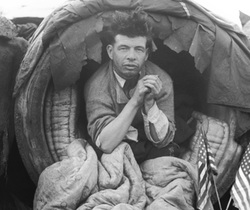
Our character's story is grounded in these episodes, and in the first half of the song cycle, he sings Hand to Hand, a rousing George M. Cohan-esque number reframing the story of the Bonus Army in terms of American idealism and The Veteran's hopes for the nation -- and himself. As one unemployed veteran of America's 21st century wars told us, "Service and duty made me join the Army; those are the same values I want for my life now that I'm a civilian again."
Like many of the veterans of the Bonus Army campaign, our character joined the specially created Civilian Conservation Corps units created by FDR to provide work for jobless WWI vets. In the second half of Spare A Dime, The Veteran sings Citizen Conservation, wittily imparting insights from his experiences at war and at peace, while honoring nature and his new life of service. What wisdom will he share? Come to the World Premiere of Spare A Dime at PIFA 13 and find out!
Tomorrow's post is our weekly "this week in 1935" feature; a thrifty recipe from the 1930s will follow on Menu Monday. Mid-next week, our Spare A Dime character profiles continue with The Immigrant!
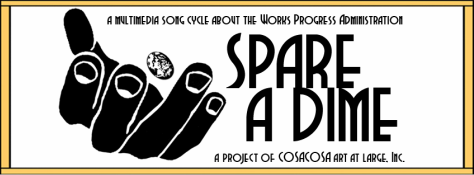
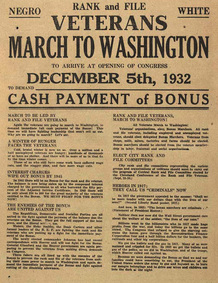
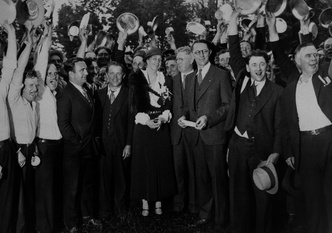
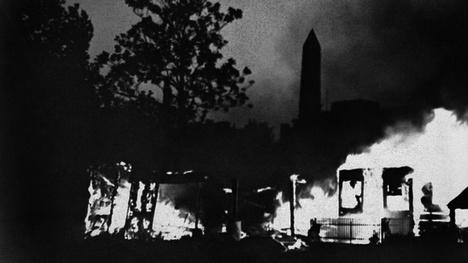
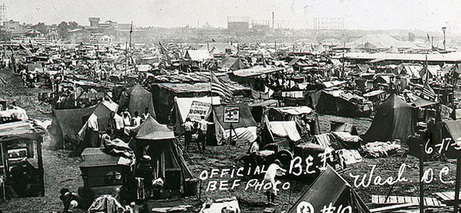
 RSS Feed
RSS Feed
